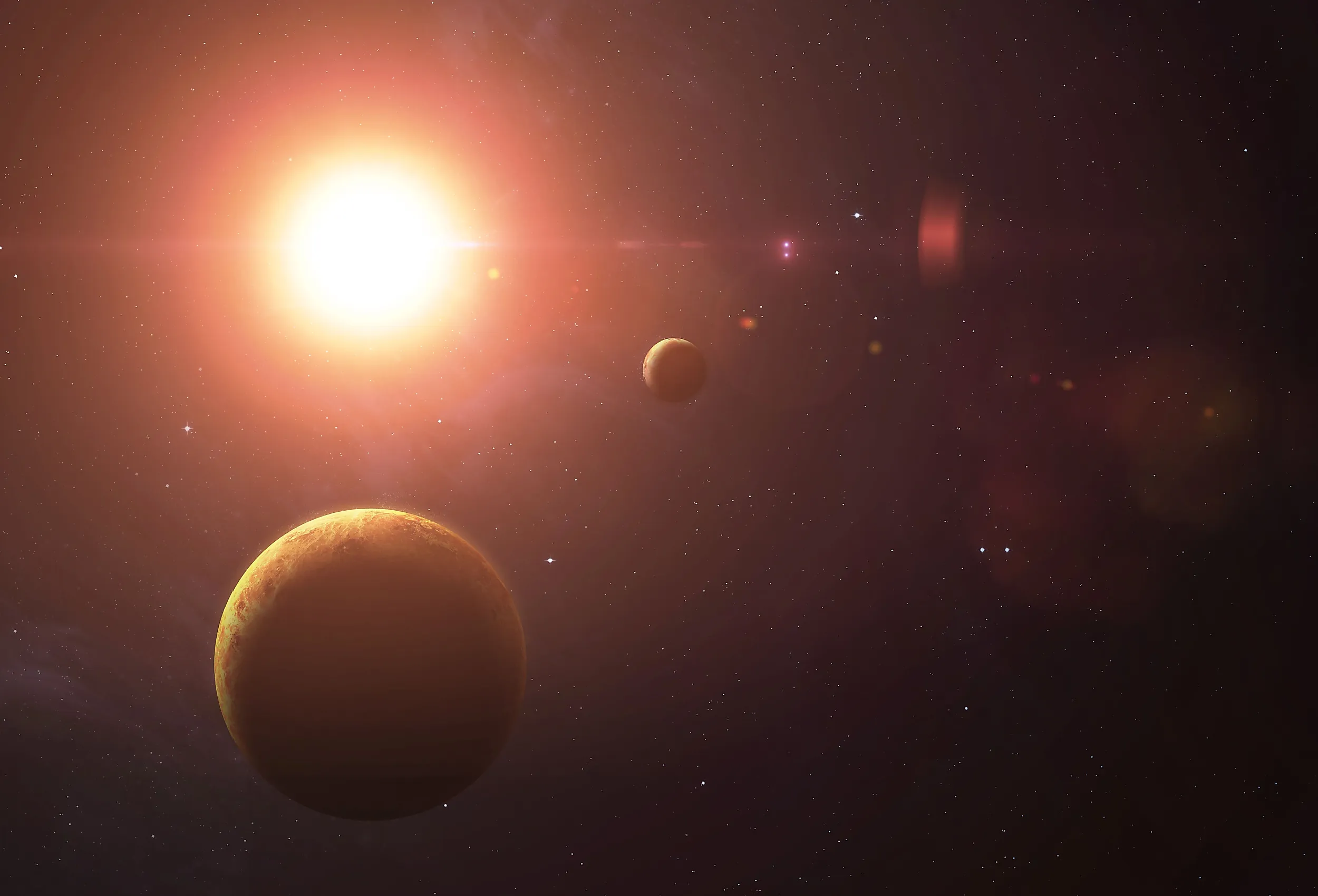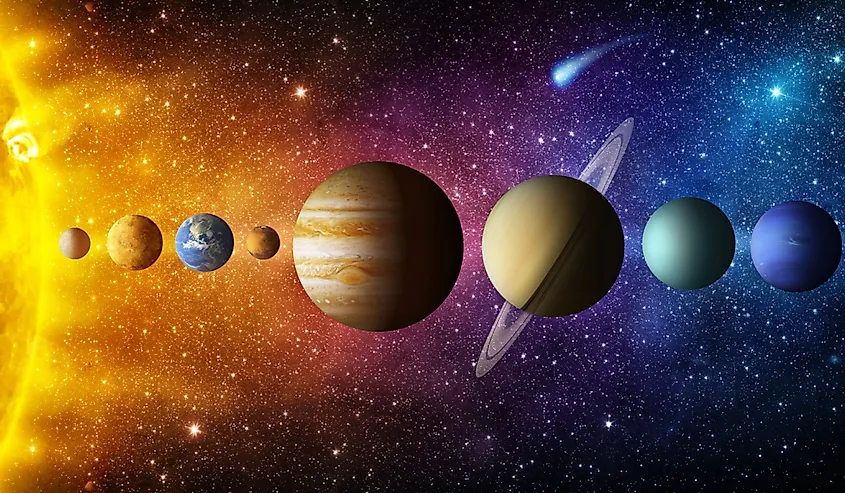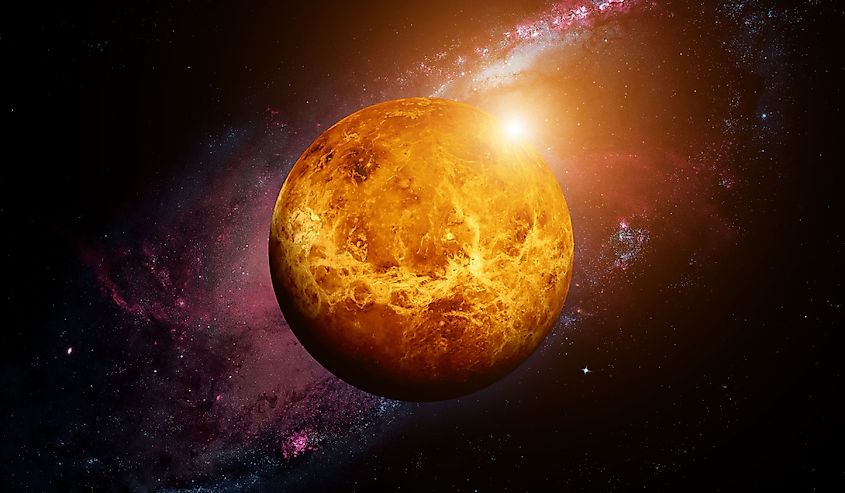
The Only Planets That Have No Moons
Moons are one of the most abundant types of celestial objects in our solar system. There are over 200 moons in our solar system alone, the majority of which orbit only two planets, Jupiter and Saturn. Almost every planet in our solar system has at least one moon, and it is possible that moons are a natural aspect of planet formation. However, there are two exceptions to this in our solar system. Neither Mercury nor Venus has any moons, and they are the only planets in our solar system that have no natural satellites. Why do Mercury and Venus not have any moons?
Distance From the Sun

One major factor contributing to the fact that neither Mercury nor Venus has moons is likely the distance between these worlds and the sun. Since Mercury and Venus are the two innermost planets, they experience a higher gravitational pull from the sun than the other planets. The sun’s gravity likely prevented the formation of any moons around Mercury and Venus.
If any natural satellites did form around these two planets, chances are that the sun’s gravity would have prevented them from entering stable orbits. In the case of Mercury, any moon would have to orbit so close to Mercury that it would probably impact the planet’s surface, and if a moon formed too far away, it would be captured by the sun’s gravity. However, given Mercury’s distance from the sun, it is unlikely that the debris needed to form a moon would even fall into orbit around Mercury, and instead, it would be captured by the sun’s gravity.
What About Venus?

While Venus is the second closest planet to the sun, it is still far enough away that a moon could form in Venus’s orbit. Interestingly, astronomers believe that Venus may have had a moon in the past, and the evidence for this comes from Venus’s rotation. Venus has the slowest rotation of any planet, and it takes 243 days for Venus to complete one rotation about its axis. Furthermore, Venus experiences what’s called retrograde motion. While every other planet rotates counterclockwise, Venus rotates clockwise. While this may not seem significant, Venus is the only planet that rotates in retrograde, and it suggests some interesting implications about Venus’s past.
When the solar system was young and the planets first formed, there were likely as many as a hundred planets in our solar system. Gradually, these planets collided with one another, and astronomers believe that every planet likely underwent one or more collisions. Models suggest that Venus likely underwent two collisions with other planets. The first collision would have ejected a tremendous amount of debris into Venus’s orbit, which later could have later formed a moon. A second collision impacted Venus in the opposite direction of its rotation, causing Venus to start rotating clockwise.
However, Venus’s moon would have continued orbiting the planet in a clockwise direction. If a planet rotates in the opposite direction of its moon’s orbit path, the planet will absorb orbital energy from the moon, causing the size of its orbit to decrease over time. Eventually, the moon becomes so close that the planet’s gravity rips the moon apart and the debris rains toward the surface. This is likely the reason behind the lack of natural satellites orbiting Venus.











